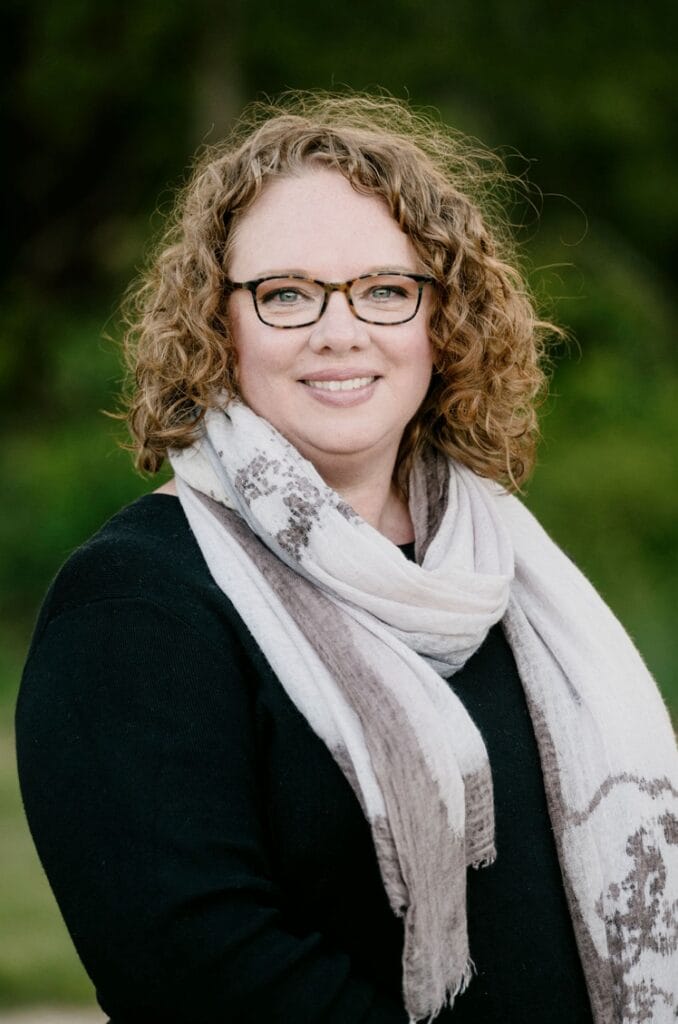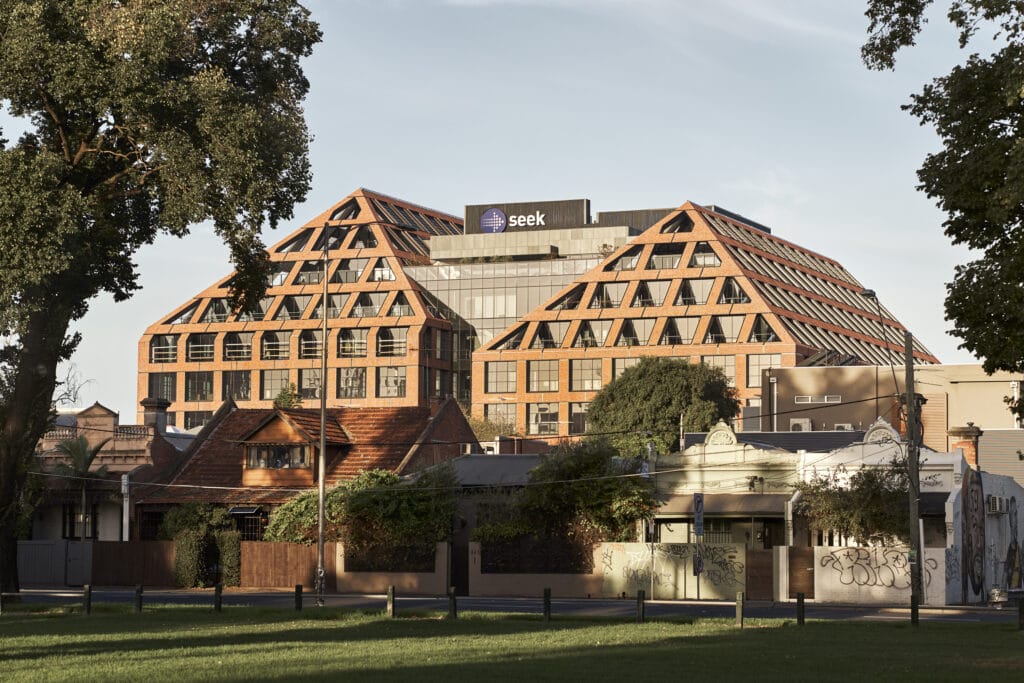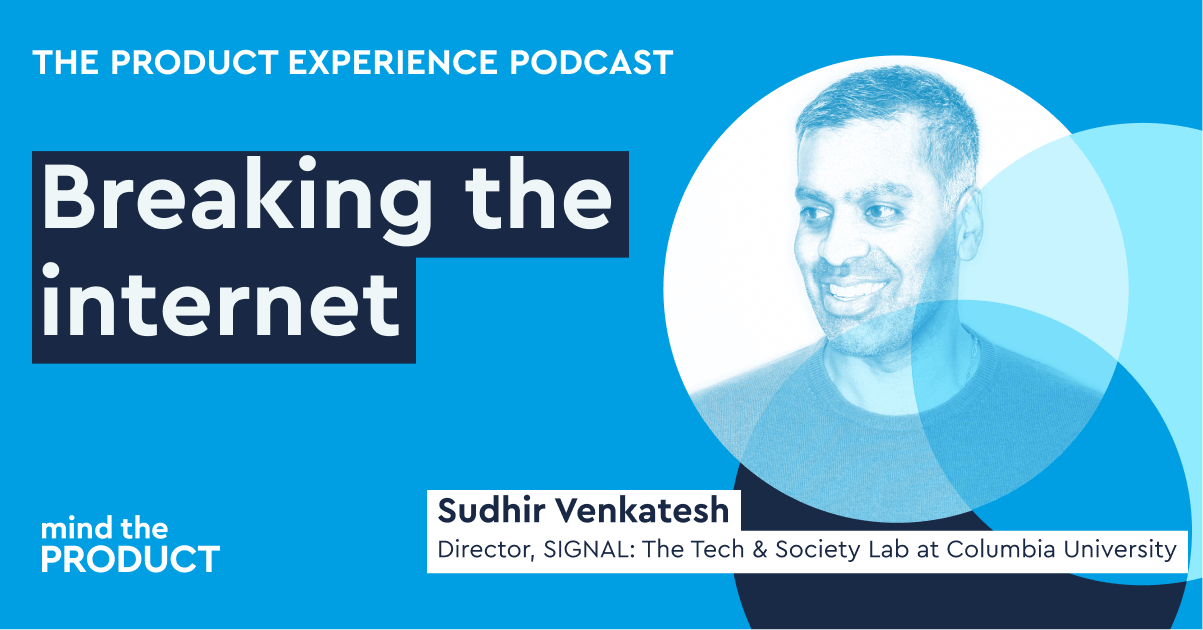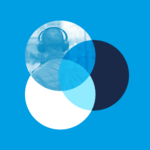What have been your biggest lessons from being in product over two decades?
Customer centricity is paramount
Number one for me is designing with the customer and customer centricity in mind. People always emphasise customer centricity because it's truly critical. It's about understanding customer needs deeply, without letting preconceived ideas and confirmation bias interfere.
Spend substantial time with customers through various means—contextual inquiries, observations, and asking numerous questions to fully grasp their underlying needs. I often tell my team to channel their inner two-year-old, asking "why" multiple times to uncover the real reasons behind customer actions.
Revalidating solutions with customers multiple times is also crucial. It's easy to lose direction, and I've learned over the years that the more I assume, the less likely I am to be right. Customers often don't make rational decisions as we expect them to; they don't think about our product as much as we do.

Importance of the channel
The second key area is that the channel is nearly as important as the customer. Designing products for the channel where customers naturally go is vital. For instance, when I was working at Telstra, we built smart home solutions but realised people in mobile phone stores were more interested in phones than smart home technology. We should have focused on big box retail stores or consumer electronic stores instead.
Keeping sales and fulfilment steps to a minimum is essential. Each step offers customers an opportunity to reconsider their purchase, and simplifying these steps, especially in a digital world, can significantly affect conversion rates.
Generating goodwill and enthusiasm from customer service and sales teams is also critical. They interact with customers daily and if they believe in your product, they'll support it passionately. Designing products with these teams from the beginning fosters ownership and ensures your product addresses real customer needs.
The power of simplicity
Simplicity is key to helping customers make decisions. Too much choice can lead to decision paralysis. I've found that three pricing options—good, better, best—work well. Simplicity requires discipline and often involves significant technological investment and trade-offs. Apple, for instance, excels at this by consistently making tough decisions about what to include and exclude.
There's a great quote by Oliver Wendell Holmes that I always think about:
"For the simplicity on this side of complexity, I wouldn't give you a fig, but for the simplicity on the other side of complexity, for that, I would give you anything I have."
This resonates because creating simplicity for customers is incredibly challenging yet profoundly rewarding.
How important is technical architecture when building products?
Architecture is crucial for scalability, flexibility, and speed to market. Breaking down your product into components and subsystems that interact seamlessly can enhance the overall customer experience and reduce costs. Organisations often fail due to a lack of vision, misalignment of stakeholders, and technical debt.
How do you successfully create a technical architecture strategy?
Successful architecture requires a strategy that considers the system as a whole, strong leadership, and top-down support for architectural integrity. Systems thinking and recognising similarities in different components can help streamline development and improve overall efficiency.
We break our architecture into experience modules, service modules, and data modules. For example, an experience module could be a customer profile, while a data module is the underlying data for that profile. A service module might be something like a payment system. It's important to manage tech debt by re-platforming when necessary and balancing short-term value with long-term capabilities.
Here at SEEK, we have a candidate profile, and the candidate profile is used for the candidates to describe themselves. We use that and build that profile from their CV, or we build a CV from the profile, depending on which way the candidate uses it. We use that profile for matching jobs and candidates and then we use that profile to show to recruiters who are searching through our database. That profile proliferates all different parts of the experience. So what we've done architecturally is we've said there is one customer profile, and it is all of the information the customer gives us about themselves.
Doing this requires a strong vision for where you want to go. We created a vision that says if we create all these enablers, we'll unlock various use cases and the ability to experiment. Our leaders understood this and made it one of our key results (KRs) in our monetisation OKRs.

Why do many teams fall into technical debt?
One of the challenges with highly autonomous teams is that a team may decide to build a version by themselves and think it’s simpler than it actually is. It’s important to always balance technical building something new with fixing technical debt to get to the ultimate solution. There's always trade-offs.
The other issue is trying to build everything all at once. You need to pick a couple of things at a time. I currently have ten architectural priorities, prioritised one to ten. We’re not working on all of them concurrently, but we are investing in the highest priority and value changes. Connecting what you want to do architecturally to a business priority is super valuable for getting momentum.
Finally, systems thinking is really important. At SEEK, we have two products, candidate management and talent search, which are built completely separately despite being functionally very similar. The more I think about the product, the strategy, and the future vision, the more I think they need to come together so we get to a point where people can post jobs, they wait for applications, but at the same time, we can give them potential candidates and recommend potential candidates from our database.
Why is getting rid of technical debt so hard? Because sometimes, the solution can be too big to bite off and not address enough of the problems. Strong leadership is so important so they have an understanding of architecture and innovation.
Great leaders and technical managers alike understand the business, connect with its agenda, and communicate the long-term benefits of building certain capabilities, even if it means going a bit slower initially. They can see the big picture and are pragmatic, which helps bridge the gap between immediate goals and long-term vision.
How do you experiment well and take bets in product?
Making product bets requires balancing risk with opportunity and stakeholder management. Embrace and own uncertainty rather than pretending to have all the answers. Use data, hypotheses, and scenario planning to support your decisions. Building trust with stakeholders involves showing that you have thought through the risks and have plans to manage them.
In my time at Telstra, I launched bundled products with a "peace of mind guarantee," allowing customers to downgrade if the bundle didn't suit them. While we saw an increase in higher-priced product sales, it was challenging to measure this positive impact of the guarantee due to the easy visibility of revenue decline from downgrades.
When you’re doing retention-type activities, it’s hard to explain why it matters to experiment with something new. These commercial bets are not something you can measure afterwards, or at least in the short term. A lot of product managers make the mistake of trying to convince people that what they're doing has all the answers. If there is uncertainty and there is risk associated with what you're doing, it feels uncomfortable, but embracing and owning uncertainty and risk associated with what you’re trying to achieve is really important. Don’t try to pretend that you have all of the answers.
How do you build and manage an effective product team?
Embrace diversity and value the perspectives of everyone you work with. Our team includes professionals from diverse backgrounds, including HR, law, customer service, engineering, and design. This diversity helps us build better products. Foster an inclusive culture where all voices are heard and valued. I always look to hire product managers who have low ego, are strong communicators, and are effective team builders who can synthesize input and make decisive choices without creating a Frankenstein product.
I believe that product managers should encourage strategic thinking, be data literate, and have a customer-centric mindset. They need to be visionary, supportive, and excellent at stakeholder management. Being adaptable, resilient, and gritty, embracing feedback and learning continuously is also key.







Comments
Join the community
Sign up for free to share your thoughts